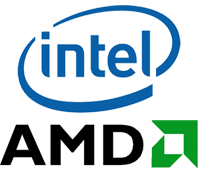 One of the longest-running, fiercest battles in tech isn’t exactly ending–but it’s sure entering a new phase. Today, Intel and AMD announced that they’ve reached a settlement that ends their legal wrangling (most notably AMD’s lawsuit against Intel for monopoly abuse), establishes a patent cross-licensing agreement, sets ground rules for how Intel can compete with AMD, and puts $1.25 billion of Intel’s money in AMD’s pockets.
One of the longest-running, fiercest battles in tech isn’t exactly ending–but it’s sure entering a new phase. Today, Intel and AMD announced that they’ve reached a settlement that ends their legal wrangling (most notably AMD’s lawsuit against Intel for monopoly abuse), establishes a patent cross-licensing agreement, sets ground rules for how Intel can compete with AMD, and puts $1.25 billion of Intel’s money in AMD’s pockets.
The agreement doesn’t end legal action against Intel by government officials, such as the EU’s $1.45 billion fine for abusive business practices (which Intel is appealing) or New York State’s recently-filed lawsuit.
For consumers, the major question about the settlement is pretty simple: Does it increase the likelihood of healthy competition between Intel and AMD, thereby driving greater chip innovation and lower prices so that we get the most PC possible for our money? We’ll see. But it’s fascinating to look at what Intel has agreed to refrain from doing, as reported by Cnet:
• Offering inducements to customers in exchange for their agreement to buy all of their microprocessor needs from Intel, whether on a geographic, market segment, or any other basis
• Offering inducements to customers in exchange for their agreement to limit or delay their purchase of microprocessors from AMD, whether on a geographic, market segment, or any other basis
• Offering inducements to customers in exchange for their agreement to limit their engagement with AMD or their promotion or distribution of products containing AMD microprocessors, whether on a geographic, channel, market segment, or any other basis
• Offering inducements to customers in exchange for their agreement to abstain from or delay their participation in AMD product launches, announcements, advertising, or other promotional activities
• Offering inducements to customers or others to delay or forebear in the development or release of computer systems or platforms containing AMD microprocessors, whether on a geographic, market segment, or any other basis
• Offering inducements to retailers or distributors to limit or delay their purchase or distribution of computer systems or platforms containing AMD microprocessors, whether on a geographic, market segment, or any other basis
• Withholding any benefit or threatening retaliation against anyone for their refusal to enter into a prohibited arrangement such as the ones listed above.
Basically, Intel’s agreeing not to take actions that would shut AMD out of dealing with major PC companies entirely, or hobble it so severely that it might as well be shut out. Sounds good to me. I wanna have the opportunity to choose between PCs based on a variety of processors from multiple companies.
Ultimately, AMD has always fared best when its portfolio of chips has been at its strongest in comparison to Intel’s offerings. Today’s agreement won’t have any immediate effect on its product lineup, of course. But if it increases the chances that a great AMD chip will get a great response from the industry, it would be…great.
 Laptops don’t make for the most exciting news these days, but I’m pleased to hear that Intel’s PC plans call for a big bet on ultra-low voltage processors, as Ars Technica reports.
Laptops don’t make for the most exciting news these days, but I’m pleased to hear that Intel’s PC plans call for a big bet on ultra-low voltage processors, as Ars Technica reports.
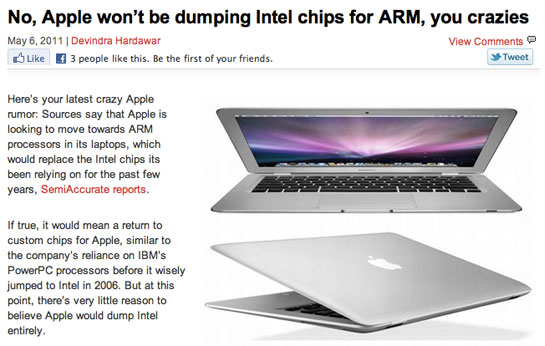
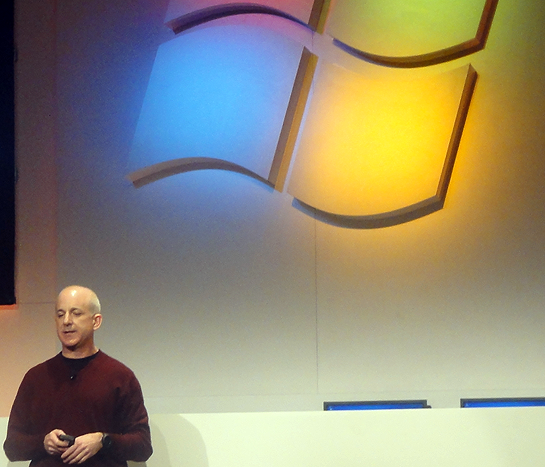
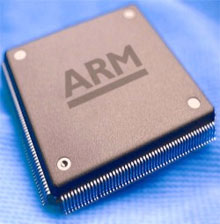 Numerous news sources are reporting that Microsoft plans to demo a version of Windows that runs on low-power ARM chips–rather than the x86 processors that Windows has been (mostly) synonymous with since its inception–at CES next month. Here are reports from
Numerous news sources are reporting that Microsoft plans to demo a version of Windows that runs on low-power ARM chips–rather than the x86 processors that Windows has been (mostly) synonymous with since its inception–at CES next month. Here are reports from  One of the longest-running, fiercest battles in tech isn’t exactly ending–but it’s sure entering a new phase. Today, Intel and AMD announced that they’ve reached a
One of the longest-running, fiercest battles in tech isn’t exactly ending–but it’s sure entering a new phase. Today, Intel and AMD announced that they’ve reached a 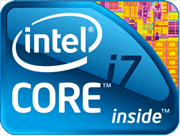 While I’ve been at
While I’ve been at 
 [A NOTE FROM HARRY: Here’s the inaugural edition of a new feature: Technologizer Q&A. We’ll give you the opportunity to pose questions to interesting technology companies. First up is chipmaker AMD–many thanks to VP of Advanced Marketing Pat Moorhead for answering these queries.
[A NOTE FROM HARRY: Here’s the inaugural edition of a new feature: Technologizer Q&A. We’ll give you the opportunity to pose questions to interesting technology companies. First up is chipmaker AMD–many thanks to VP of Advanced Marketing Pat Moorhead for answering these queries. It’s been a possibility for a while, and now it’s a reality: AMD, the perennial number-two CPU company to Intel and one of the few chip companies that both designs and manufactures processors, plans to break itself up. The company behind Phenom, Athlon, Opteron, and other CPUs will become two companies:
It’s been a possibility for a while, and now it’s a reality: AMD, the perennial number-two CPU company to Intel and one of the few chip companies that both designs and manufactures processors, plans to break itself up. The company behind Phenom, Athlon, Opteron, and other CPUs will become two companies: